The Baby Boomer generation is responsible for the idea of teens in America. Young adults between the ages of 13 and 18 were just older kids prior to the 1950s (via Life). This stage of early adulthood didn’t start to enter the language and become ingrained in society until after World War II, when there was a surplus of these individuals in the population and companies recognized they had a whole new market to serve. All of a sudden, high school students became the target audience for music, movies, and clothes (such as Rebel Without a Cause), but it wouldn’t be until the 1980s that they were given the respect they deserved.
In the 1980s, a number of films (many based on the works of John Hughes) were released portraying teens as sophisticated, reflective people whose issues were just as real to them as those faced by adults. When that viewpoint made its way into television by the 1990s, young people had more opportunities to see themselves represented in the characters they could finally watch from the comfort of their own homes.
Teen dramas exploded throughout the first two decades of the twenty-first century, but none of them were as diverse and comprehensive as those from the nineties. We have put together a list of eight programs that highlight what a great decade the 1990s was for adolescent dramas.
8Degrassi High
Degrassi High, a follow-up to Degrassi Junior High, started broadcasting in 1989, although because it ran until 1991, it was technically a 90s program. A long-running Canadian television series, Degrassi offered realistic, grounded tales about the realities of regular youngsters growing up. Of course, it addressed issues that young people deal with throughout their adolescence, such as underage drinking, drug usage, sexual assault, and other topics, but it did it in a realistic, dramatic way that was unexpectedly effective. The majority of the cast in the early seasons of the program was made up of relatively unknown performers, some of whom made their television debuts. This gave the drama a depth of realism that was unmatched and regrettably did not carry over into the far more successful series Degrassi: The Next Generation.
Seventeen
Probably the most well-known Canadian drama of days is Fifteen, which is credited with launching Ryan Reynolds’ career. Although it is indeed an intriguing truth, there are other reasons why the series is worthwhile to remember. Many of these youngsters feel like actors, much like Degrassi. Their performances have an honest and unpolished quality that sometimes makes them humorous, but usually serves to authentically convey the characters’ natural awkwardness and shyness. Although the tales are rather typical for this kind of series, this is not a negative thing. It’s crucial that young people learn about the risks of drinking, bullying, and divorce coping mechanisms. Furthermore, since the series’ budget is so little, tracking the frequency of set and music cue reuse is part of the pleasure.
Beverly Hills, 90210, is 6
Talking about adolescent dramas would be incomplete without bringing up Beverly Hills, 90210. For those who devotedly watched it at the time, it remains the pinnacle of this kind of television. It turned its actors into superstars and kept the Fox network relevant by chronicling the chaotic lives of teens and then young adults in Beverly Hills. This helped the network become a big force. Thankfully, the program explored societal concerns, including less privileged characters, and wasn’t afraid to take chances—it wasn’t simply about entitled affluent kids doing whatever they wanted. Everything that followed 90210 was impacted by it, both positively and negatively.
5My So-Called Life
One obvious problem with 90210, despite all it accomplished well, is how popular most of the characters are. Simply go to My So-Called Life if you were unable to identify with the series. Even though Life only had one season, the people who watched it were forever changed. This was achieved similarly to Degrassi in that adolescence was shown authentically, devoid of a shiny, aspirational gloss. With uncertainty eating at them, the characters do their hardest to get by in high school, without letting anybody else know how unhappy they are with their lives or what they want out of life, and it’s evident that they have no clue who they are on the inside and who they should be. Many still remember Claire Danes and Jared Leto as Angela and Jordan, despite the fact that both actors went on to have very successful careers after the program concluded.
4 Group of Five
What if the parents were taken out of the typical large family program, where the house acts as a microcosm for the outside world? Children of all ages must rapidly learn how to solve this things on their own, rather than letting them confront their own difficulties and gradually realize their parents don’t have all the solutions. That’s the main idea behind Party of Five. Back then, it was considered a tragedy for a family to be parentless, and the outside world was supposed to sympathize with or save the kids from it. Rather of succumbing to that stale cliché, the play shows how to overcome misfortune as a team. Other programs just took this essential and uplifting message for granted.
3 Dawson’s Creek
Dawson’s Creek might be seen as a kind of bridge between the later “everyone talks in witticisms” that would be popularized later with series like Pretty Little Liars and Gossip Girl, and the aspirational “cool kid” narrative of 90210. It’s neither hip nor unpopular to be around Dawson and his buddies. They exist in a space where the majority of people are aware of who they are but are not revered as the apex of the social order. They aren’t all hosting lavish parties in luxurious Manhattan apartments, and the majority of their families aren’t experiencing financial hardships, but they also don’t all exude easy confidence. They portray a relatively pleasant, accessible existence that doesn’t necessarily raise the expectations of their viewers. There is undoubtedly a great deal of drama and debate, but that is American life. From now on, it would be great to see children like Dawson become film buffs to the extent of obsession and for teenagers between the ages of 15 and 18 to talk in quick quips and use a very large vocabulary.
2 Joy
On television, a person’s early adulthood wasn’t always accorded the same weight as their high school years. Traditionally, college was seen as a place where students just let free and got into mischief. It was told as a cautionary story or just for laughter. It was decided to use Felicity (created by J.J. Abrams) to illustrate how starting college is essentially the start of a journey of self-discovery and how those first steps into adulthood are frequently difficult, causing us to stumble over ourselves repeatedly until we eventually find a footing that will keep us upright. Felicity chooses to attend a school she has no interest in in order to be near to a boy she has a crush on, rather than just waiting to be admitted to her ideal school to learn about the vocation she’s always wanted. Thus, she must assimilate into a school and city for which she was unprepared, a feeling that many college students experience when they set foot on campus for the first time. They may have attended a certain school just to follow their parents’ wishes or to get a better career—without knowing exactly what that position would entail.
The vampire slayer Buffy
Nobody went through high school attempting to seal a Hellmouth, dispatching demons, or murdering vampires in the manner that Buffy Summers did. But many of us did confront social phobias, stand up to bullies, and had a strong desire to leave our hometowns because we felt they were holding us back. That was the main focus of Buffy the Vampire Slayer. Fans discuss it, the cast discusses it, and the show’s writers discuss it. More than any other, this series may provide the finest representation of adolescence—not because, to paraphrase author Neil Gaiman, it demonstrates that demons and vampires exist, but rather because it shows that they are defeatable.
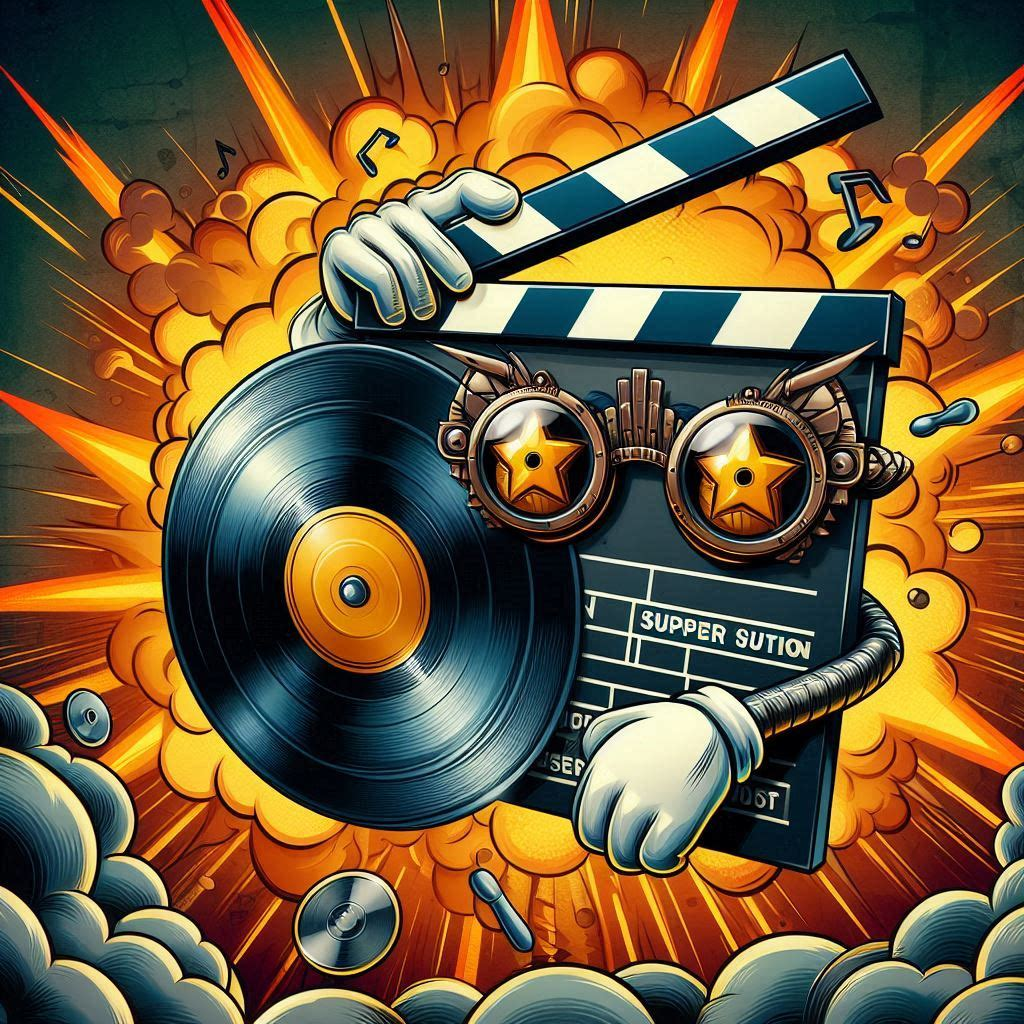
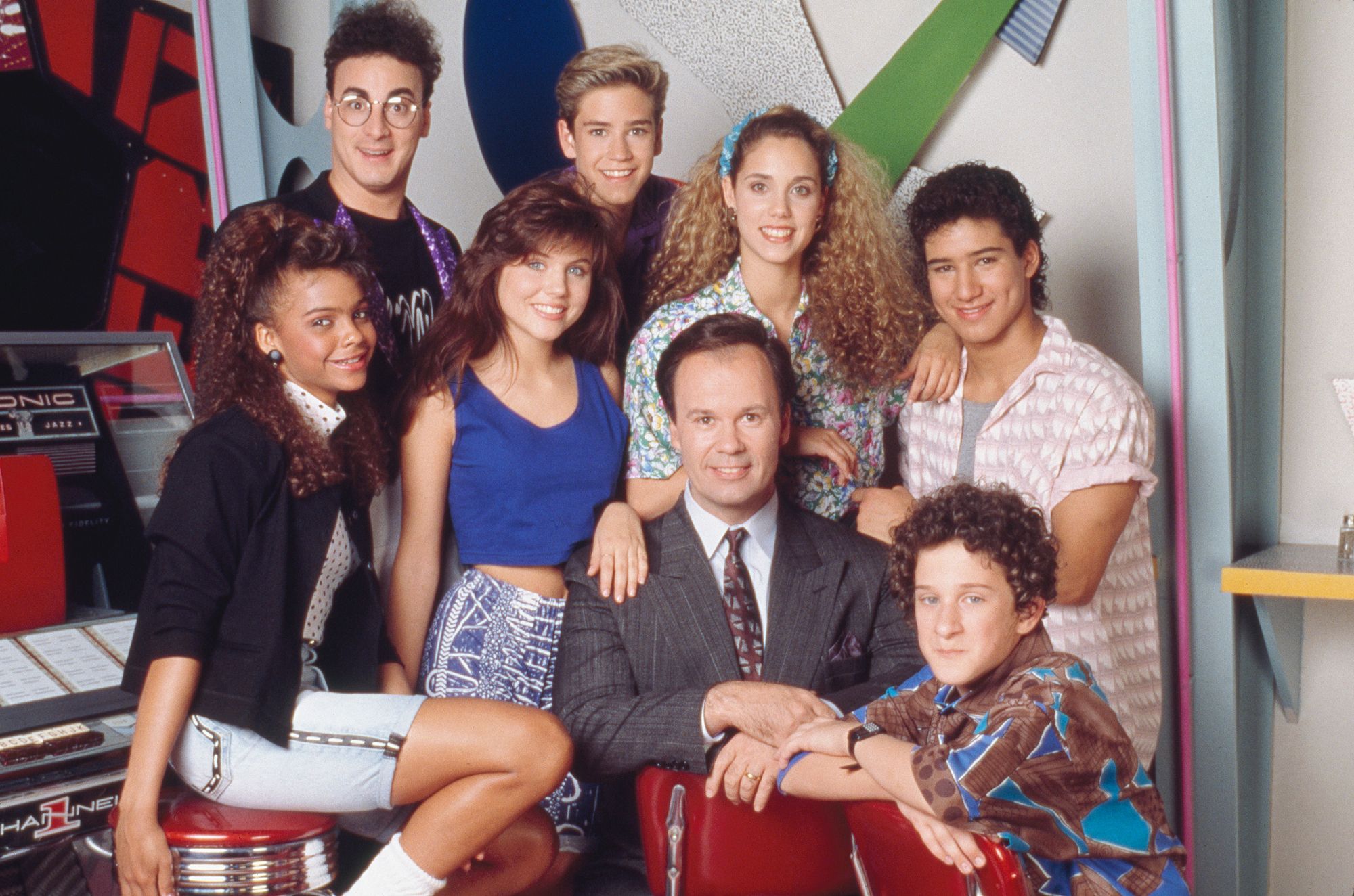
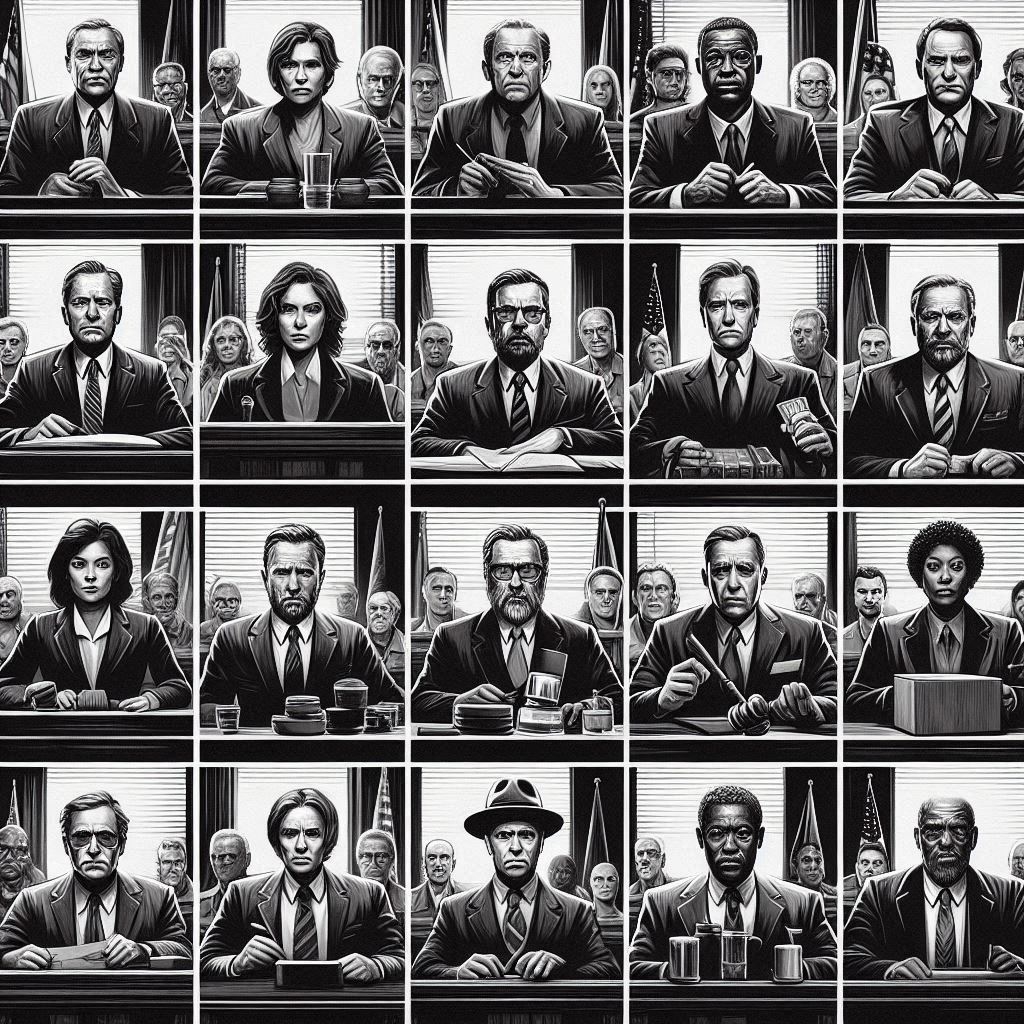




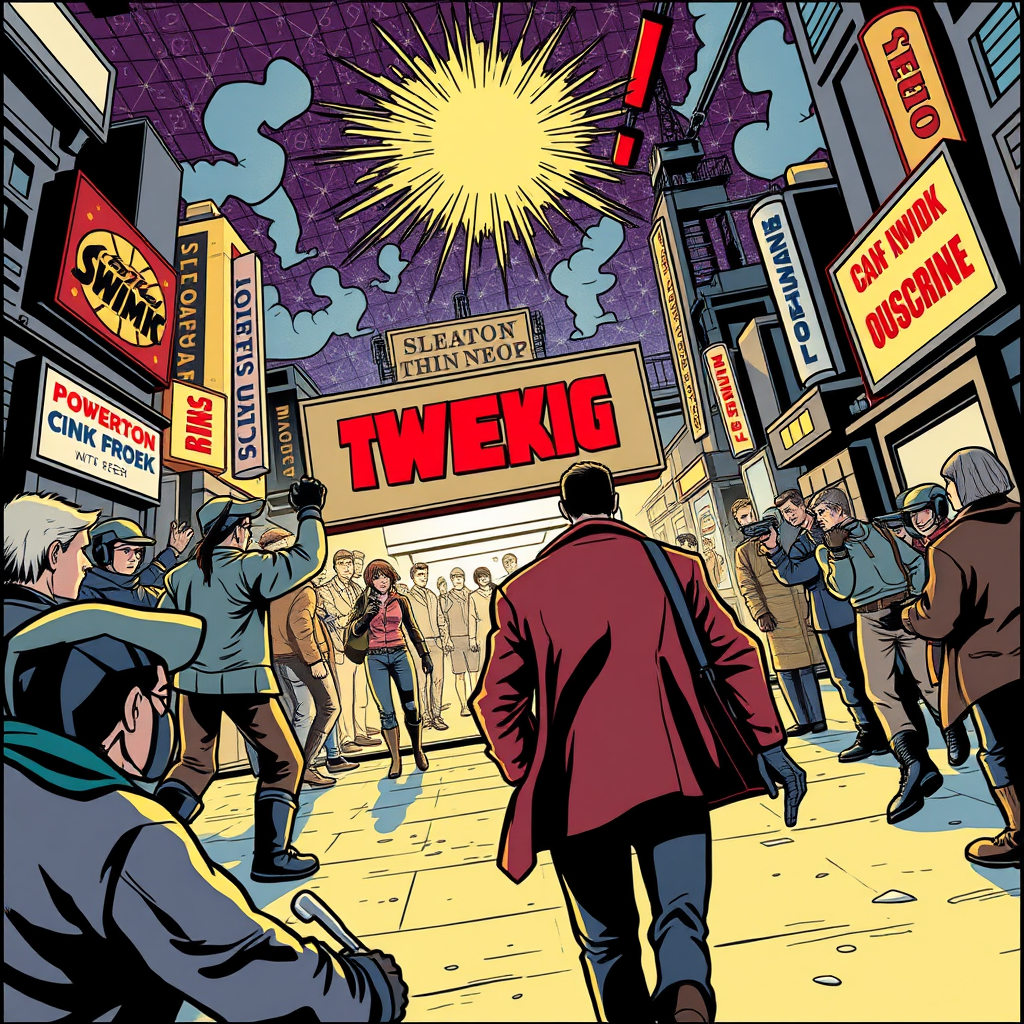
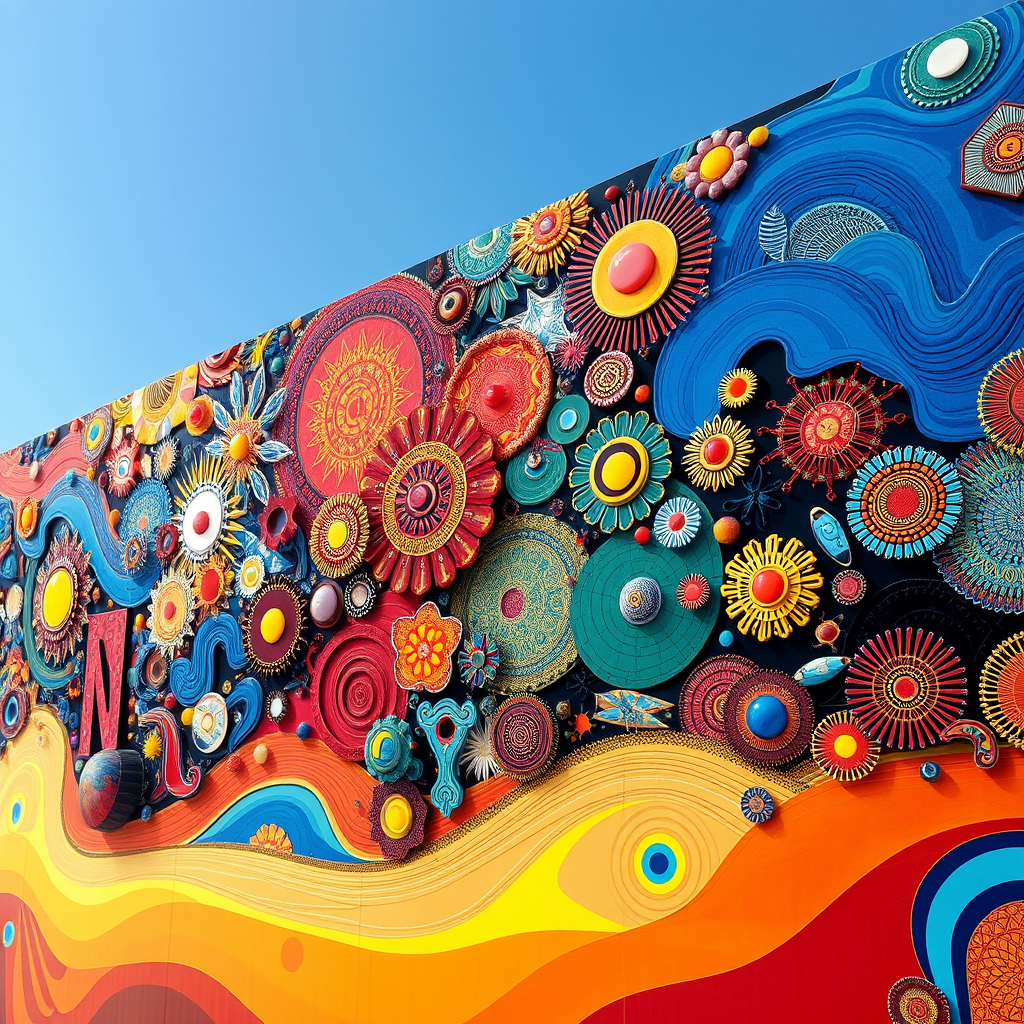
Leave a Reply